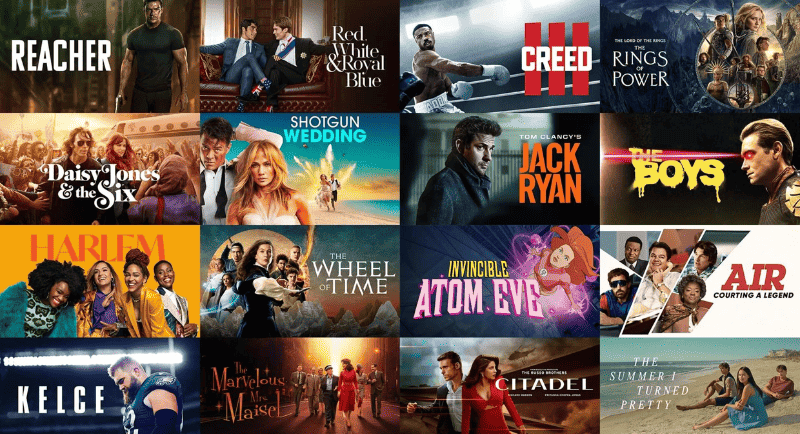Streaming services need to provide media buyers and marketers with greater insights into their audiences if they want to increase advertising investment.
With the CTV market already experiencing strong growth and BVOD and SVOD audiences forecast to continue to increase, media agencies are calling for greater transparency around the audience makeup to help increase spend.
Josh Greive, trading director at UM Australia, told Mediaweek, “With client budgets tightening in 2024, investment decisions are receiving greater levels of scrutiny, and so it’s vital that agencies can interrogate data beyond rate to help inform their planning decisions.”
“If the focus is to go all in on selling ads, they need to adapt by providing agencies and clients with a greater understanding of their audience data as this will help drive take-up of their services such as incremental reach.”
With market competition set to increase further with the mid-year launch of Prime Video’s ad tier and the anticipated launch of a Disney+ ad product later this year, Greive believes there is a need for greater improvements.
“Initially, there were challenges in allocating significant portions of screen budgets to SVOD services that have launched ad-funded tiers due to their limited scale,” he said. “Over time, this has improved dramatically.”
“However, the scale limitations can restrict clients to basic targeting options, such as focusing on the top 10 programs and genre-based targeting.
“When comparing SVOD to more established video channels like YouTube and BVOD, clients can implement more sophisticated targeting strategies for their high-value audiences.”

Josh Grieve, UM
Amazon Prime Video’s venture into advertising will see ads play automatically at pre-determined intervals during the streaming of films and TV shows. At launch, all Prime Video subscribers will automatically be served ads, which means that if users wish to remain ad-free, they will need to pay an extra $3 per month.
The move provides Amazon with scale at launch and coupled with its competitive rates, the service is expected to benefit from the challenges Netflix experienced when it launched ads in 2022.
“From launch, it will offer a level of subscriber scale which will allow advertisers the opportunity of some improved level of reach vs. their competitors Netflix, and new entrants to the market in 2024 such as Paramount+,” said Grieve.
“Over time, it has proven to drive success through additional subscribers and revenue for Netflix, so we are forecasting that it will also be beneficial for Prime Video in the Australian market,” he added.
Jake Kay-Lawson, strategy director at Claxon, said the approach could be lucrative for Amazon as audiences are already accustomed to advertising within content.
“Advertising is one of those things that people just can’t get away from,” he said. “I think people also underestimate how used viewers are to regular interruptions in what they are watching. In the initial stages of the launch, there’s going to be the usual song and dance about it, but it’s only a $3 increase if you want to stay ad-free; it’s not really that much.”

Jake Kay-Lawson, Claxon
The prevailing opinion amongst media buyers is that streaming service ad tiers have proved their existence through undivided attention from what Kay-Lawson describes as a ‘premium market’, explaining that people who pay for a particular streaming service, are more likely to pay for multiple services.
“If you’ve got a subscription to one streaming platform, it’s likely you’ve got about three. So these placements do offer a really good opportunity compared to something like general programmatic video.”
However, media buyers are quick to point out that Prime Video’s play will be more of an “environmental buy” until SVOD services demonstrate that they can deliver significant scale and volume on the ad tier.
“Clients shouldn’t expect that SVOD environments, in the short-term, will completely unseat traditional video partners such as Seven/Nine/Ten, etc, as we have found SVOD partners can struggle to scale our campaigns when we apply tight audience/frequency parameters,” said Grieve.
Plus, agencies and advertisers need to be mindful that each SVOD provider has different adoption rates in the Australian market.
“It’s likely that each service will continuously optimise their pricing/offerings to find the right balance between ad-funded and premium services to maximise their average revenue per user,” he said.
“Streaming services that are focusing on driving penetration through the ad-funded models run the risk of higher churn, as the cheaper ad-funded models attract price-sensitive customers. Looking at the US as an example the ad tier model for Max had a 271% increase in churn vs. the premium tier.”
